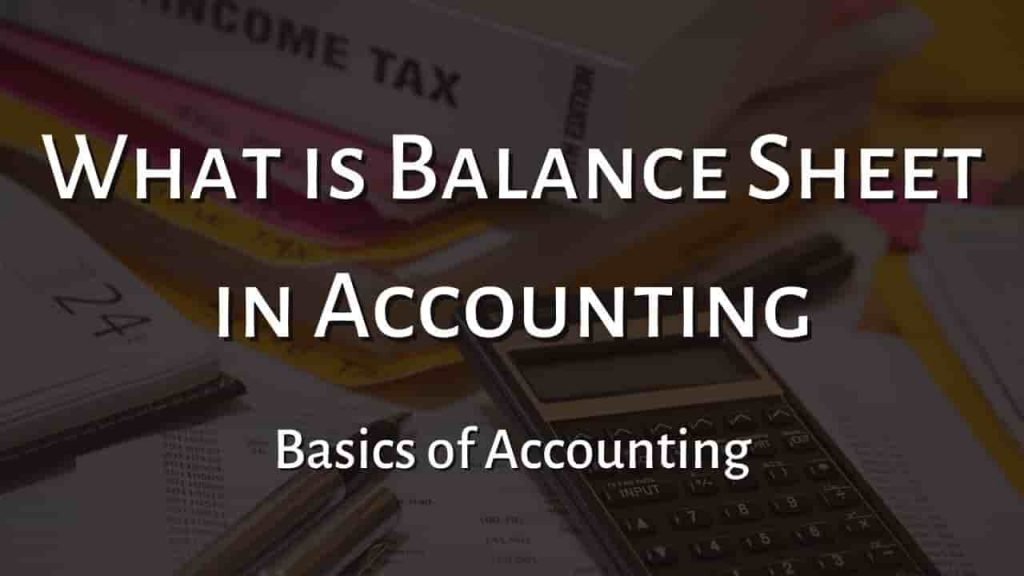Annual Percentage Yield
The annual percentage yield is a method of calculating the amount of money earned on an interest-bearing account over the course of a year. In other words, this is a method of calculating how interest accumulates over time.
The interest you earn on your interest is referred to as compounding interest. It refers to interest paid on both the principal (your deposits into the account) and the interest you’ve earned.
That is what makes it such a strong instrument for investment, as compounding may allow you to accumulate money over time. This is distinct from simple interest. Simple interest is the interest generated just on the main deposit.
Interest can compound across a variety of time periods. It can, for example, be compounded daily, monthly, quarterly, or yearly. In the case of APY, compounding occurs over a 12-month period.
Calculate Annual Percentage Yield
If you know your account’s interest rate, you may manually compute APY using the following formula:
Annual Percentage Yield (APY) Formula

APY = (1 + r/n)n – 1
In which:
r is the interest rate.
n denotes the number of compounding periods (if interest is compounded monthly, this would be 12)
Your APY might also be provided by your bank or credit union.
Let’s take an example: If a person puts $1,000 in a savings account that earns 5% interest every year, he will wind up with $1,050 at the end of the year.
However, if the bank calculates and pays interest every month, he would conclude the year with $1,051.16. In the latter situation, he would have received an annual percentage yield (APY) of more than 5%.
The difference may not be substantial after a few years (or with bigger deposits), but it is considered after several years (or with greater deposits).
In this case, the APY is computed as follows:
Annual percentage yield = (1 + r/n)n – 1
Annual percentage yield = (1+0.5/12)12-1
Annual percentage yield = 5.116%
The annual percentage yield (APY) may show investors exactly how much interest they will receive. They can compare choices using this information. They will be able to choose the finest bank and whether or not they want to pay a higher interest rate.
Fixed APY Vs. Variable APY
Variable or fixed rate deposit accounts can be coupled with APYs. The APY on a variable rate account might vary at any time. Variable rate accounts, which are primarily savings or money market accounts (MMA), will normally change in line with market rates.
Fixed rate accounts, on the other hand, have an APY that does not alter during the account’s duration. CD accounts, for example, typically have a set rate for the period of the CD.
Some banks may provide various APYs based on specific balance levels or balance tiers. In other words, depending on the amount of money in your account, you may receive a varying APY. Some banks, for example, may provide a higher APY for larger account balances.
APY Vs APR
Although the terms APY and APR seem similar, they are not the same. When you talk about APY, you’re referring to the amount of interest you may earn on a bank account. When you talk about APR, or annual percentage rate, you’re referring to the amount of interest you’ll pay to borrow money.
If you have a credit card, student loan, home loan, vehicle loan, or another loan, your lender will issue an APR to your account.
When the interest rate and costs are taken into account, this APR shows the yearly interest on the loan. Loan origination fees, prepayment penalties, and other expenditures you may pay to the lender can all have an impact on your APR.
Depending on the type of loan, APRs might be fixed or variable. An adjustable-rate mortgage loan, for example, is possible, though fixed-rate loans are more frequent. The APR on credit cards is frequently variable.
A variable APR, like an APY, can swing up or down when the underlying benchmark rate changes. In the case of credit cards, this is often the Prime Rate, which is the rate that banks and lenders give their most creditworthy consumers.
A higher yield is better for APY, while the converse is true for APR. The greater the APR on a loan or line of credit, the more interest you will pay. The interest rate you pay on a loan is usually connected to your credit score.
The higher your credit score, the greater your chances of qualifying for a lower APR, and vice versa. However, your credit score has no bearing on the APY you would receive from a savings or money market account.
For more click here and if you are looking for full forms of different acronyms and words then check out this list you really gonna find this helpful. We also have an Essay on every topic, Check the complete list here. If you are Studying in Matric Free Video Lectures of Maths, Physics and English are here, and we have got you covered for I.COM Business Maths also.







